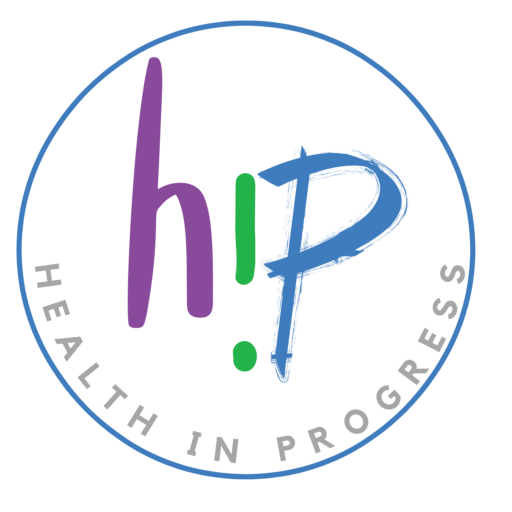Tres Leches Cake has a soft and ultra-moist crumb. It is soaked with a 3 milk mixture and topped with a lightly sweetened whipped cream. This is an authentic Tres Leches Cake recipe and the best we have tried. It beats any store-bought version all day long!
Tres Leches Cake has a soft and ultra-moist crumb. It is soaked with a 3 milk mixture and topped with a lightly sweetened whipped cream. This is an authentic Tres Leches Cake recipe and the best we have tried. It beats any store-bought version all day long!
Tres Leches is a popular authentic Mexican cake. I am a fan of moist cakes and this Tres Leches Cake blew me away. The syrup is made of – you guessed it – tres leches (which means three kinds of milk). You poke holes into the cake before pouring over the syrup so every bite is decadently moist. The cake is rich but has a light feel to it and is balanced by the lightly sweetened whipped cream. We even bravely turned it into a Layered Tres Leches Cake!

Ingredients
Frosting
- 1 cup all-purpose flour
- 1 1/2 tsp baking powder
- 1/4 tsp salt
- 5 eggs, (large)
- 1 cup sugar, divided into 3/4 and 1/4 cups
- 1 tsp vanilla extract
- 1/3 cup whole milk
- 12 oz evaporated milk
- 9 oz sweetened condensed milk
- 1/3 cup heavy whipping cream
- 2 cups heavy whipping cream
- 2 Tbsp granulated sugar
- 1 cup berries, to garnish, optional
Instructions:
How to Make Tres Leches Cake Base:
- Preheat the oven to 350 °F and butter a 9×13 casserole pan. Set up three mixing bowls.
- In a large bowl, sift together 1 cup flour, 1 1/2 tsp baking powder, and 1/4 salt. Separate egg whites and yolks into the other two bowls.
- Beat egg yolks with 3/4 cup sugar with an electric mixer on high speed, until the yolks are a pale yellow (2 minutes). Stir in 1/3 cup milk and 1 tsp vanilla.
- Beat egg whites on high speed until soft peaks form (1 minute). With the mixer on, pour in remaining 1/4 cup sugar and beat on high speed until egg whites are stiff but not dry (1 minute)
- Pour egg yolk mixture over the flour mixture and combine gently with a spatula.
- Gently fold in egg white mixture with the spatula until just combined. Pour batter into the prepared pan and spread to even out the surface and bake at 350˚F for 30-35 minutes or until a toothpick comes out clean.
For the 3-Milk Syrup:
In a large measuring cup (or a bowl with a pouring lip), combine 1/3 cup heavy whipping cream, 12 oz evaporated milk and 9 oz condensed milk. When the cake is cool, pierce the surface all over with a fork. Slowly drizzle the milk mixture over the cake.
To Make the Whipped Cream Frosting:
Pour 2 cups cold heavy whipping cream and 2 Tbsp sugar into a large chilled mixing bowl and beat on high speed 1 1/2 to 2 minutes or until thick, whipped and spreadable. Spread over the cake with a spatula then decorate with berries if desired
Hemp, a better alternative for plastic. Why isn’t it available everywhere?
You may have heard that agricultural hemp, a non-psychoactive relative of cannabis (often known as marijuana), has a wide range of applications, ranging from clothes to paper.
When we looked into the matter, we discovered that hemp is already being used in several everyday items, such as cars, and that it may soon be used in even more. However, several barriers make hemp polymers more expensive and less adaptable for the time being.
Not only are the negative impacts of global warming becoming increasingly evident, but traditional plastics stay in the environment and can even infiltrate the food chain, posing a health risk to humans and animals.
Some of the first plastics were created from cellulose fibres derived from non-petroleum-based organic sources.
In 2014, Seshata, a writer at Sensi Seeds, wrote that “hemp cellulose may be harvested and utilized to manufacture cellophane, rayon, celluloid, and a range of related plastics.” “Hemp is known to have roughly 65-70 percent cellulose and is regarded a reputable source (wood contains around 40 percent cellulose, and cotton up to 90 percent cellulose) that has great potential due to its relative sustainability and low environmental effect.
While 100% hemp-based plastic is still uncommon, some “composite bioplastics,” or polymers made from a mix of hemp and other plant sources, are now used. These plastics are now employed to construct cars, boats, and even musical instruments due to their exceptional strength and rigidity.
While subsidies keep the cost of fossil fuels low, hemp products are still considered a luxury commodity. After several years of research into hemp cultivation, the United States legalized hemp in 2018. However, due to decades of marijuana prohibition, much of the infrastructure required to grow and turn hemp into plastic remains undeveloped.
Even though hemp requires fewer pesticides and has a smaller environmental imprint than many other crops, it is still a labour-intensive crop to produce and harvest.
As hemp farming develops from coast to coast, costs will fall, and technology will improve. Most hemp is farmed in the United States for CBD right now, but more farmers are starting to experiment with alternative types that can be harvested more efficiently for their fibre content.
Hemp makes great plastic, so why isn’t hemp plastic everywhere? (2020, September 9). Ministry of Hemp. https://ministryofhemp.com/blog/why-isnt-hemp-plastic-everywhere/










Recent Comments